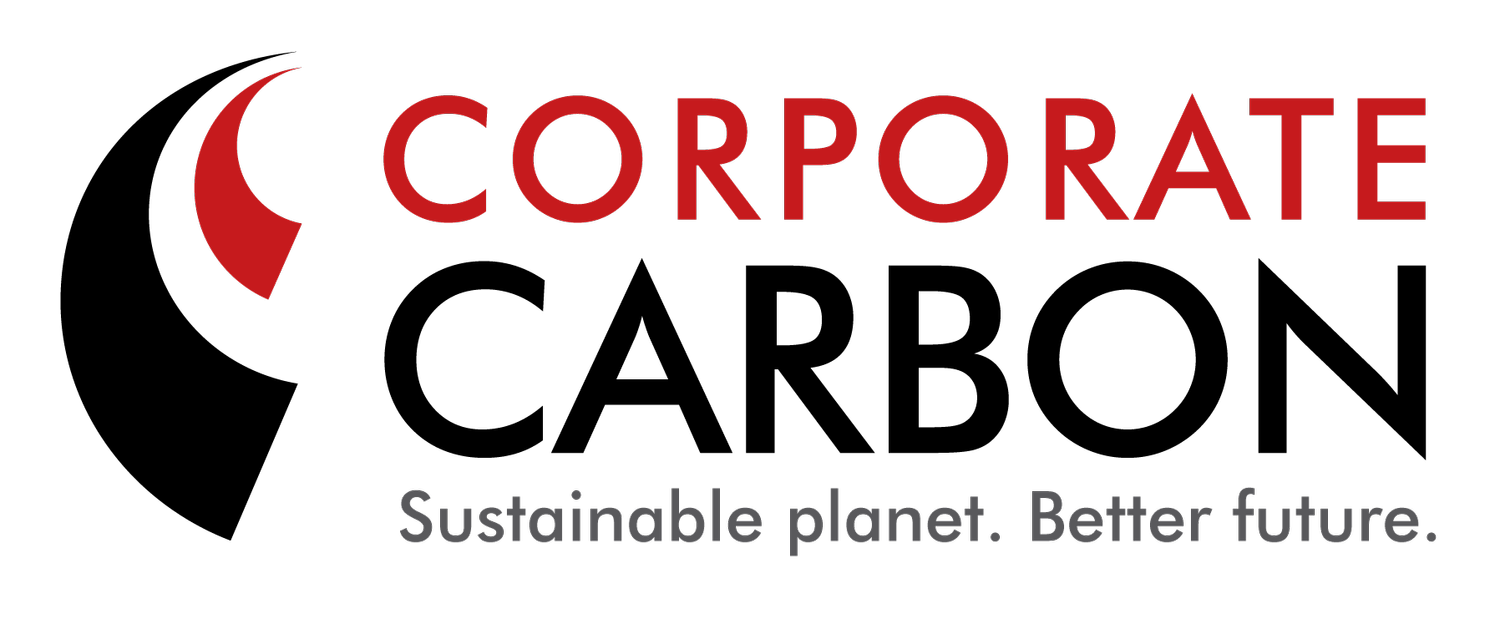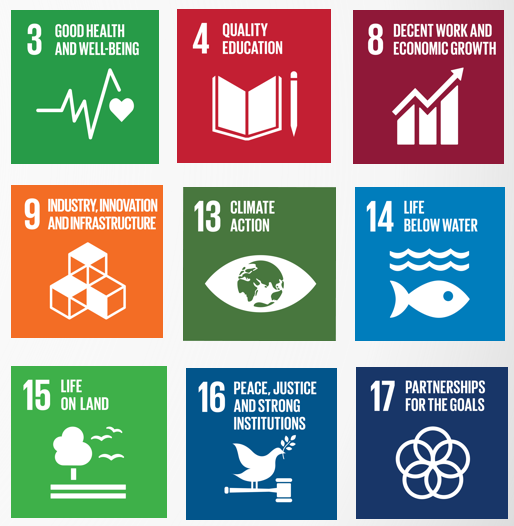
Watson River Station
Savanna Fire Management in Cape York Peninsula, North Queensland
The project
Registered in 2016, this project involves the strategic and planned burning of savanna areas during the early dry season to reduce the risk of late dry season wildfires.
The project is registered under the Emissions Reduction Fund under the Carbon Credits (Carbon Farming Initiative - Emissions Abatement through Savanna Fire Management) Methodology Determination 2015.
The project involves undertaking savanna fire management on the property to remove carbon dioxide from the atmosphere by sequestering more carbon in dead organic matter than was sequestered during the baseline period, and to avoid the emission of methane and nitrous oxide from the burning of savannas, compared to the emissions during the baseline period
The project activities include strategic burning in northern Australia’s early dry season involving igniting fires from aircraft, from vehicles or by walking across country with handheld drip torches, to decrease the size, intensity and frequency of late dry season wildfires; supported by late dry season fire management activities such as constructing fire breaks.
The Property
Located in Cape York Peninsula Australia, the Watson River Station Homestead is south-east of Weipa – 140 km by road or 75 km by air. The area and tenure is 89,000h (219,923 acres). Rainfall is 1600 (64 inches) pa. Temperatures range from 16c to 38c and the year is divided into distinct dry and wet seasons.
The Watson River and Merkunga and Kurracoo Creeks run through the property and contain significant waterholes which floods into adjacent lagoons.
Watson River was a virgin undeveloped block when purchased in 1985. The years between 1985 and 1990 were spent mustering feral cattle under the B.T.E.C scheme constructing infrastructure. During 2001 and 2005 the years were spent adding improvements and mustering the increasing cattle numbers at Watson River to the highest standard it is today.
Co-Benefits
Improving fire and pasture management promotes the re-growth of native ground cover and stabilising soils.
The Watson River flows west into the Aurukun wetlands and is an is an important habitat for many endemic species such as the Magnificent Rifle Bird and the Palm Cockatoo.
Promotes biodiversity, native vegetation and help prevent stream bank erosion and riverbank protection.
Economic benefits that promote local jobs. culture, products and services.
United Nations Sustainable Development Goals that apply to the project
An Australian Carbon Credit Unit (ACCU) represents one tonne of carbon dioxide equivalent stored or avoided.
ACCUs are issued by the Australian Government Clean Energy Regulator (CER) under the Emissions Reduction Fund (ERF) in return for reducing the level of greenhouse gases in the atmosphere.
The integrity of the ACCUs created by this project are guaranteed by Corporate Carbon through our monitoring, verification and reporting process managedusing established ERF methodology which is subject to independent audit and review by the CER.
Savanna Fire Management Projects involve strategic burning in northern Australia’s early dry season (January to July) to decrease the size, intensity and frequency of late dry season wildfires. Savanna emissions avoidance and savanna sequestration projects earn carbon credits for reducing wildfire emissions through annual fire management practices. A savanna sequestration project also increases the carbon stored in dead organic matter from fire management, which must be maintained for 25 or 100 years through continued fire Management.






